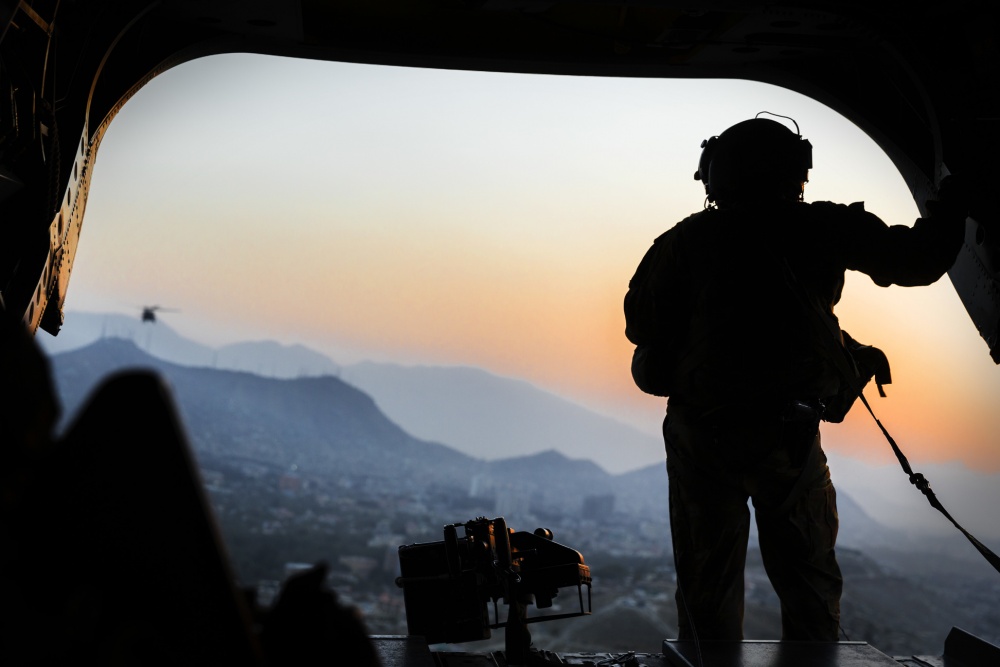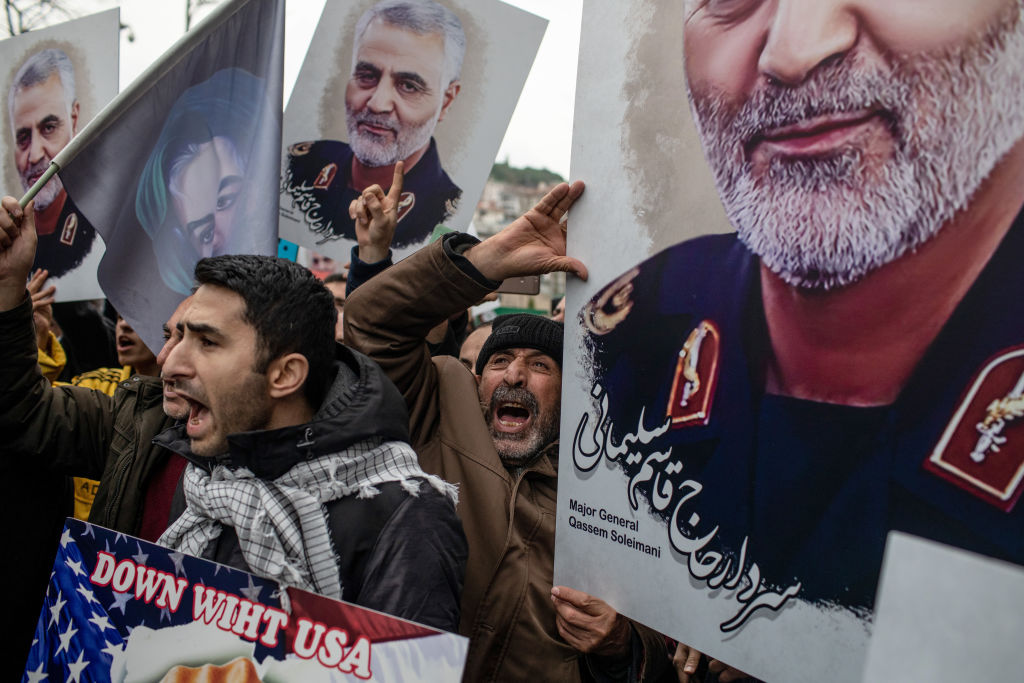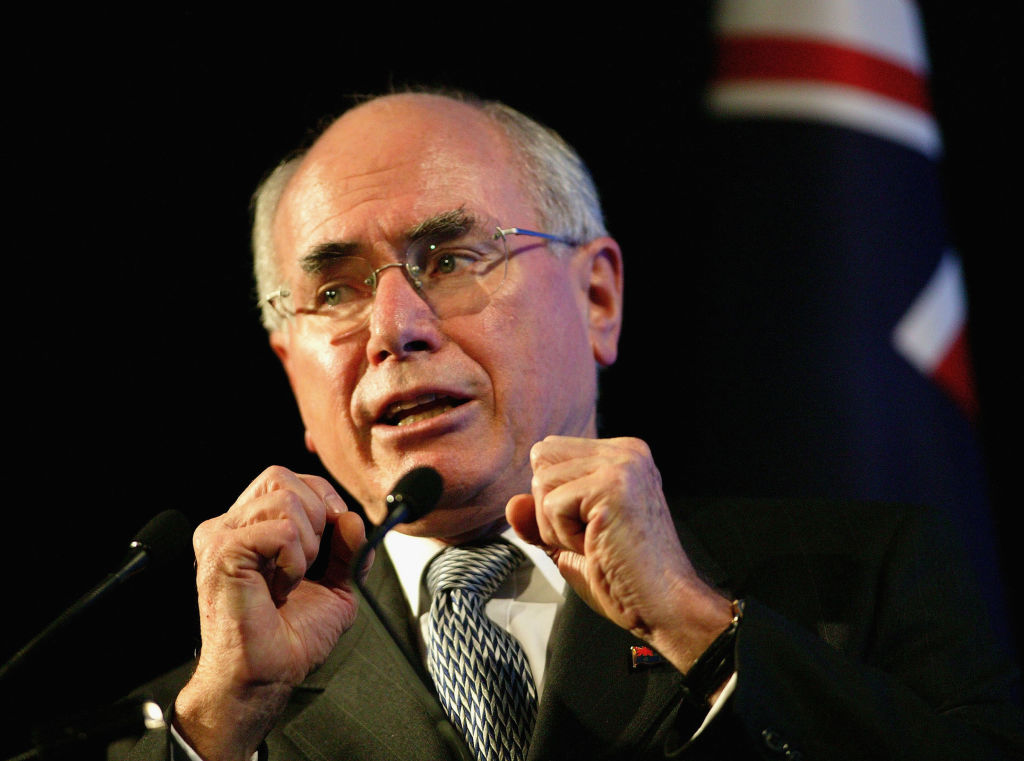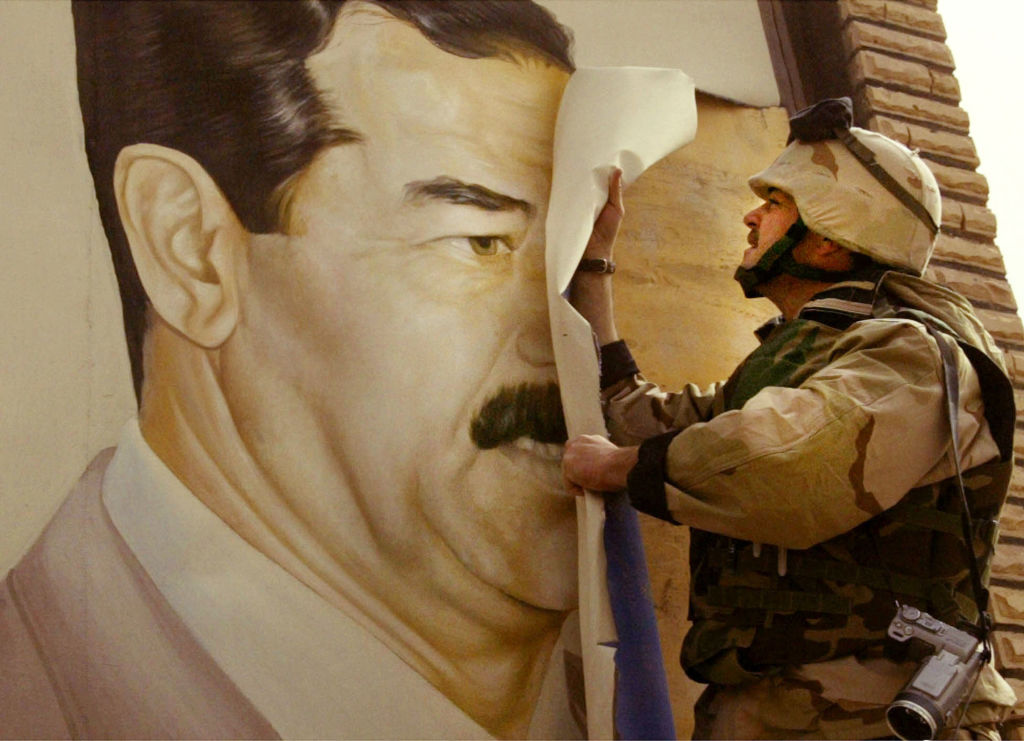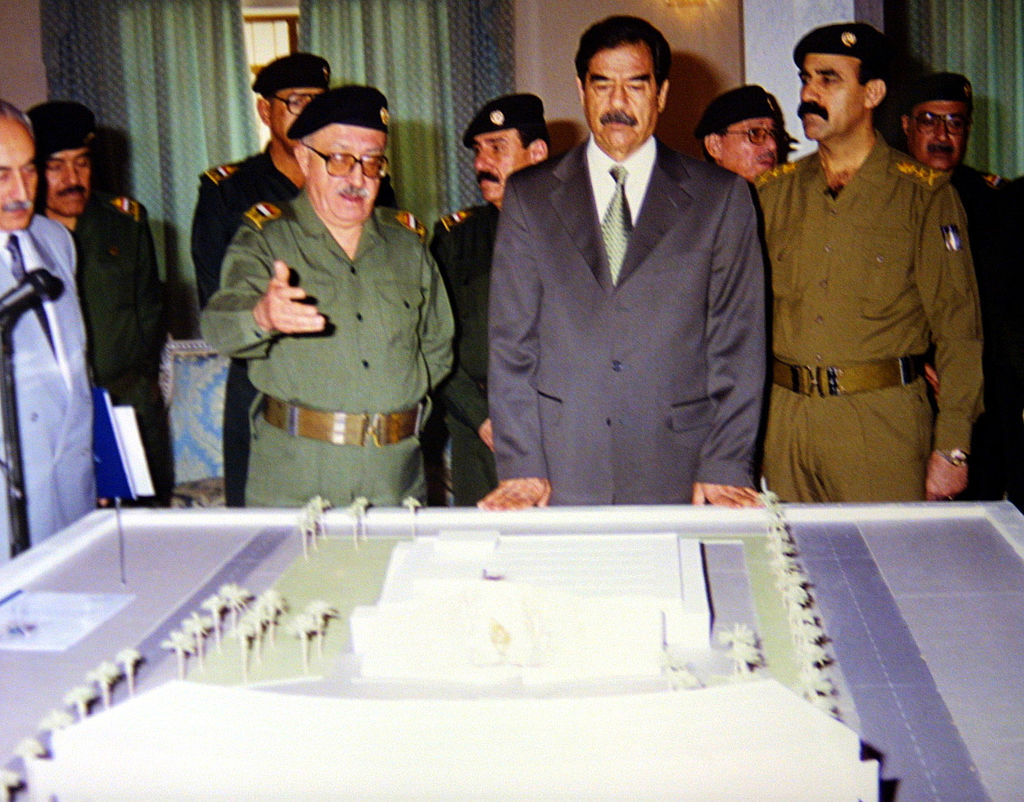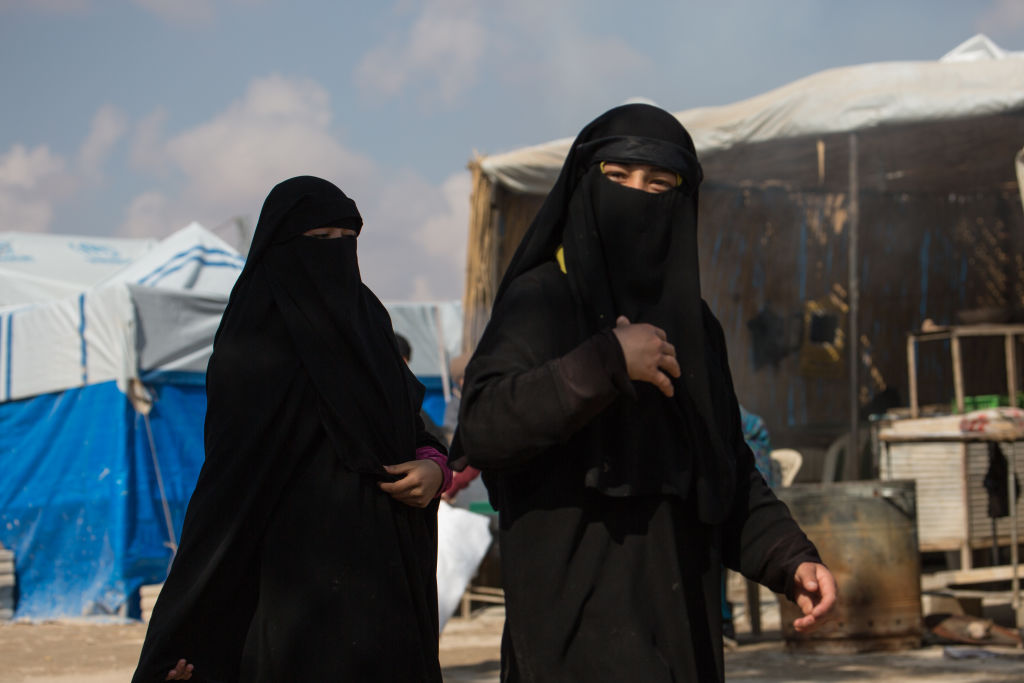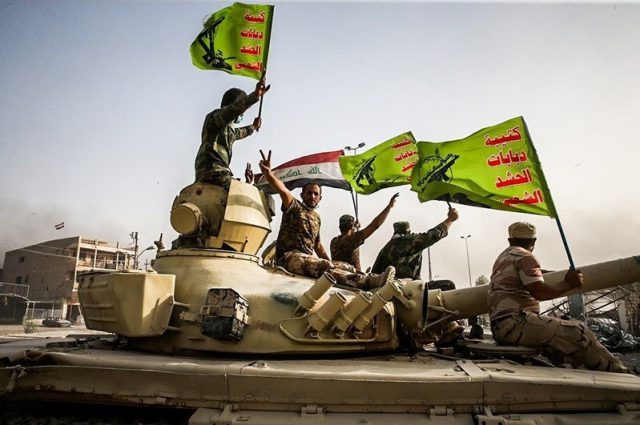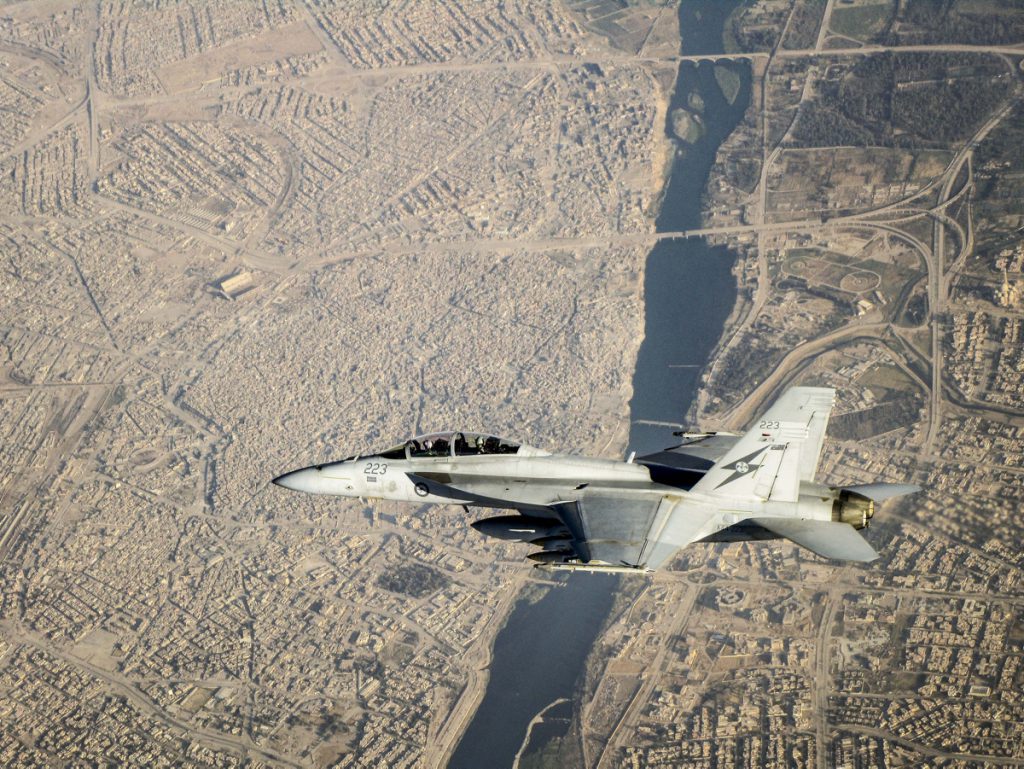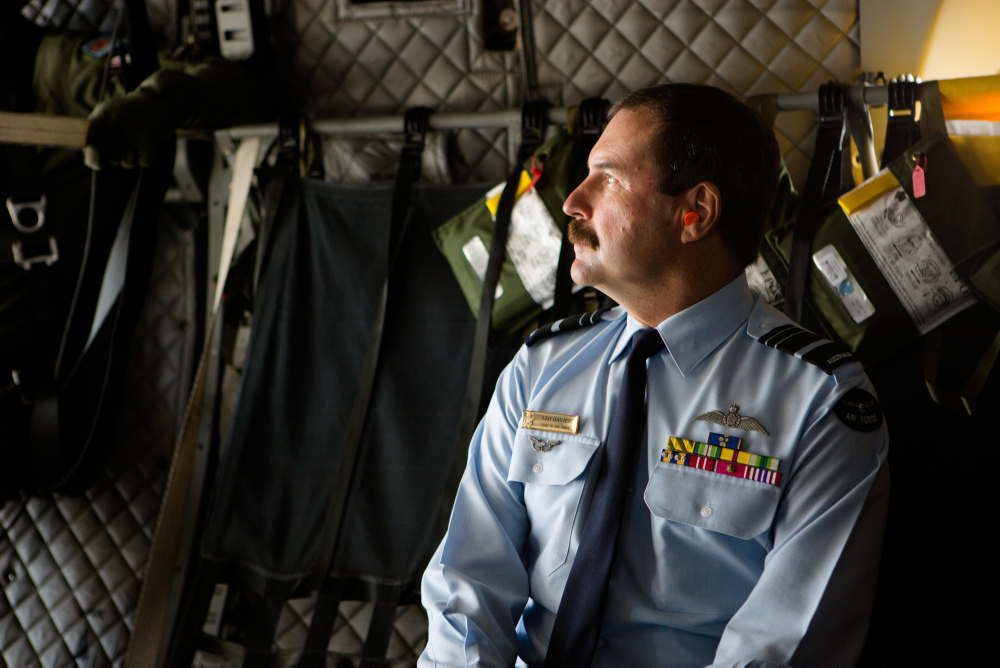Iraq’s security sector faces serious challenges
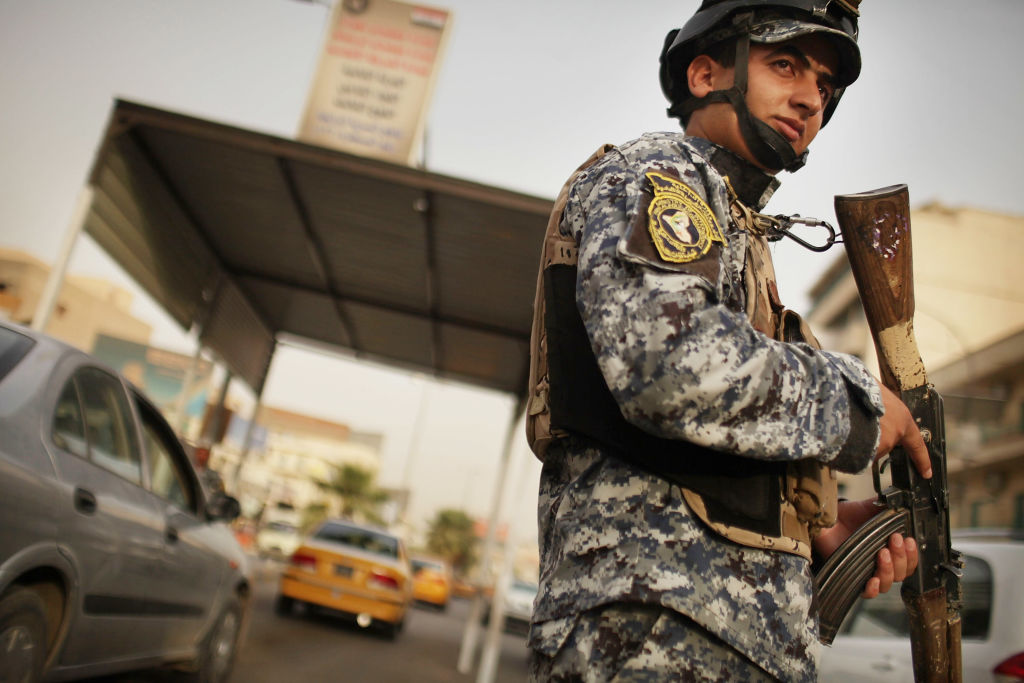
Iraq is at a crossroads between stability and instability, security and insecurity, peace and conflict. Whatever transpires, Iraq’s security sector has a critical role to play in the country’s transition in the years ahead. How well is the sector placed to ensure the evolution of Iraq as an enduringly stable, secure and prosperous sovereign state?
Mirroring Iraq’s overall turbulent situation, the country’s security sector has experienced a long period of trial and tribulation since its decimation, disintegration and recomposition following the 2003 US-led invasion of the country. Its command, reformation and effectiveness have been affected by factors ranging from a somewhat dysfunctional political system to social and cultural divisions and outside interventions in pursuit of conflicting interests.
The US toppled Saddam Hussein’s regime, but in the process also dismantled the administrative and security structures which were pivotal to holding the mosaic that was Iraq together as a functioning state. It ultimately failed to empower the Iraqi people to rebuild their lives and country and engaged in processes geared to benefit Washington’s ideological and geopolitical preferences rather than to endow Iraq with the appropriate foundations for stability and security in a very difficult neighbourhood.
The result was political, social and sectarian fragmentation, and transformation of the country from a strong state with suppressed societies to a weak state with strong societies. This opened the space for a plethora of not only domestic clusters but also outside forces to engage in power struggles to shape Iraq’s future. As US forces battled on different fronts to make their occupation worthwhile for wider regional gains, America’s arch adversary in the region, Iran, used its proximity and sectarian affinity with Iraq’s Shia majority population to back various militias in support of its broader geopolitical, sectarian and economic interests and, above all, regional security architecture.
Iraq’s security sector evolved essentially at the mercy of a dysfunctional political and national situation and outside interventionism. It suffered from internal factionalism, a lack of united command and highly qualified and experienced leaders, and widespread misuse of funds, opening it to serious challenges by outside proxy forces, such as Iranian-backed militias, and anti-systemic violent actors, such as the so-called Islamic State.
Although the US and its allies found it compelling once again to intervene and fight on the same side as Iran to defeat IS, they could do little to thwart the growth of Iran’s organic ties with Iraq. The US killing of the Iranian Quds commander, Qassem Soleimani, and his close Iraqi ally and head of the loose coalition of pro-Iranian militias known as the Popular Mobilisation Units, Abu Mahdi al-Muhandis, in January 2020 have done little to diminish Iranian influence.
Since IS’s defeat in 2017, the US has retained a residual force, which has now officially dwindled to 2,500 troops. But it is no match for the capacity that Iran has built in leveraging Iraqi politics and the security apparatus, although this doesn’t apply to the Iraqi autonomous Kurdistan region.
The Iraqi security sector has certainly undergone some serious reorganisation and reformation in the past few years to make it more robust and combat-capable. The US and its NATO partners have made strenuous efforts to assist Iraq in this respect. Yet, the sector still faces important but not necessarily insurmountable challenges in a number of areas, four of which are worth emphasising.
The first concerns the issue of unification, integration and loyalty. To build a highly professional security apparatus, there has to be a greater focus on alleviating the stresses and anomalies arising from internal political, social and economic settings and external interference. Personality and resource-based competition, managerial gridlocks, and misuse of resources and funding have also been highlighted as serious problems within the sector, not to mention the challenge posed by the autonomous status of Kurdistan’s regional forces.
The second relates to the presence of outside rival forces which have sought to penetrate and influence the Iraqi security sector either directly or indirectly in pursuit of competing geopolitical and ideological interests. A US–Iranian rapprochement of some nature is badly needed for these actors to retrench their rivalry and enable the Iraqi security sector to get its act together with assistance from, but not under the influence of, those outside actors that respect the right of the Iraqi people to determine their own future.
The third challenge is linked to counterterrorism. Iraq has had a larger share of anti-systemic groups than many other states in the region. The bloody rise and rule of IS until its defeat were very costly for the structural and operational capability of the Iraqi security sector. However, IS hasn’t been extinguished altogether. It continues to have sufficient ideological and operational resilience in the context of ethnic or sectarian marginalisation of one segment of the society by another in Iraq. As long as this remains the case, its impact on the capabilities of the security forces cannot be underestimated.
The fourth relates to equipment, infrastructure, training, education and research. While the Iraqi forces have enjoyed a good supply of arms and related operational tools with the help of NATO, training, education and research are another issue. Iraq’s security sector is now endowed with its own relevant educational programs and institutions, where assistance from NATO’s Defence Education Enhancement Programme has played an important part. But it can do with more aid from, and robust interaction with, other credible and well-established sources abroad.
Iraq has experienced a very turbulent period in its history as a civilisational cradle and in its consolidation as a state since the 1920s. The country’s transition from a personalised state under Saddam to an emerging but troubled democracy has been taxing on its people and the security sector. Although a great deal has lately been accomplished in terms of reform, the security sector is far from being self-sustaining, capable of operating above politics or free of outside influences to ensure domestic order and national defence.

